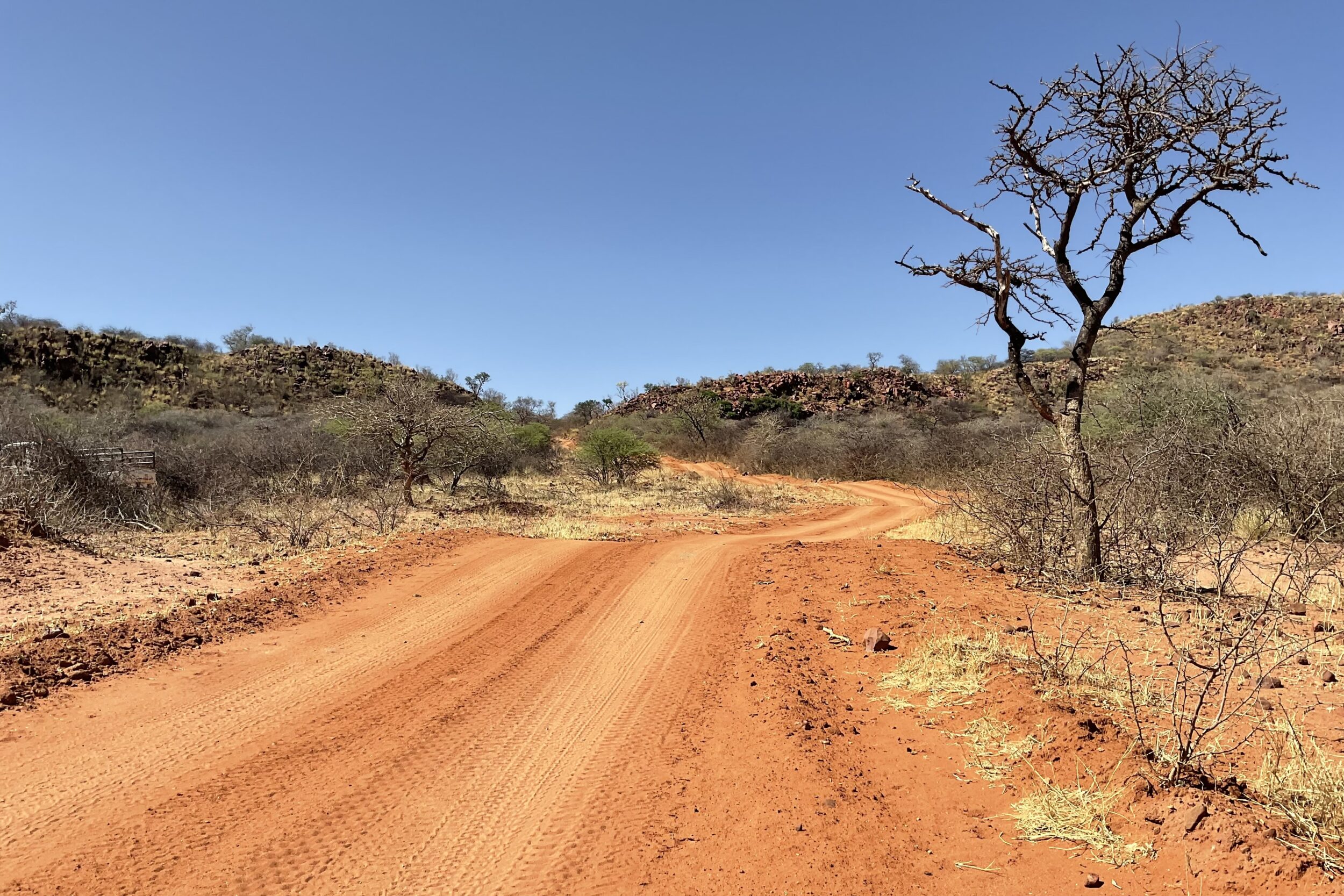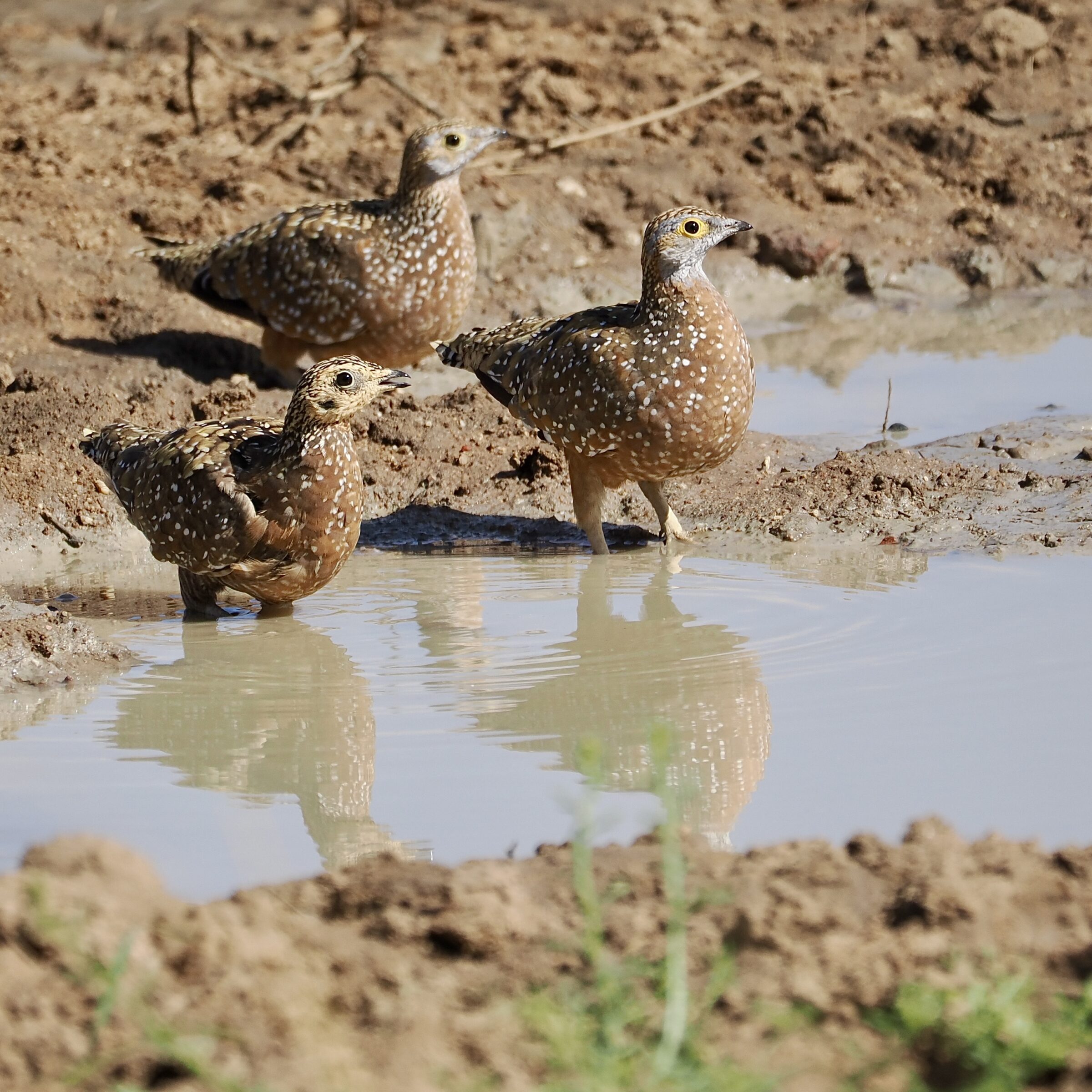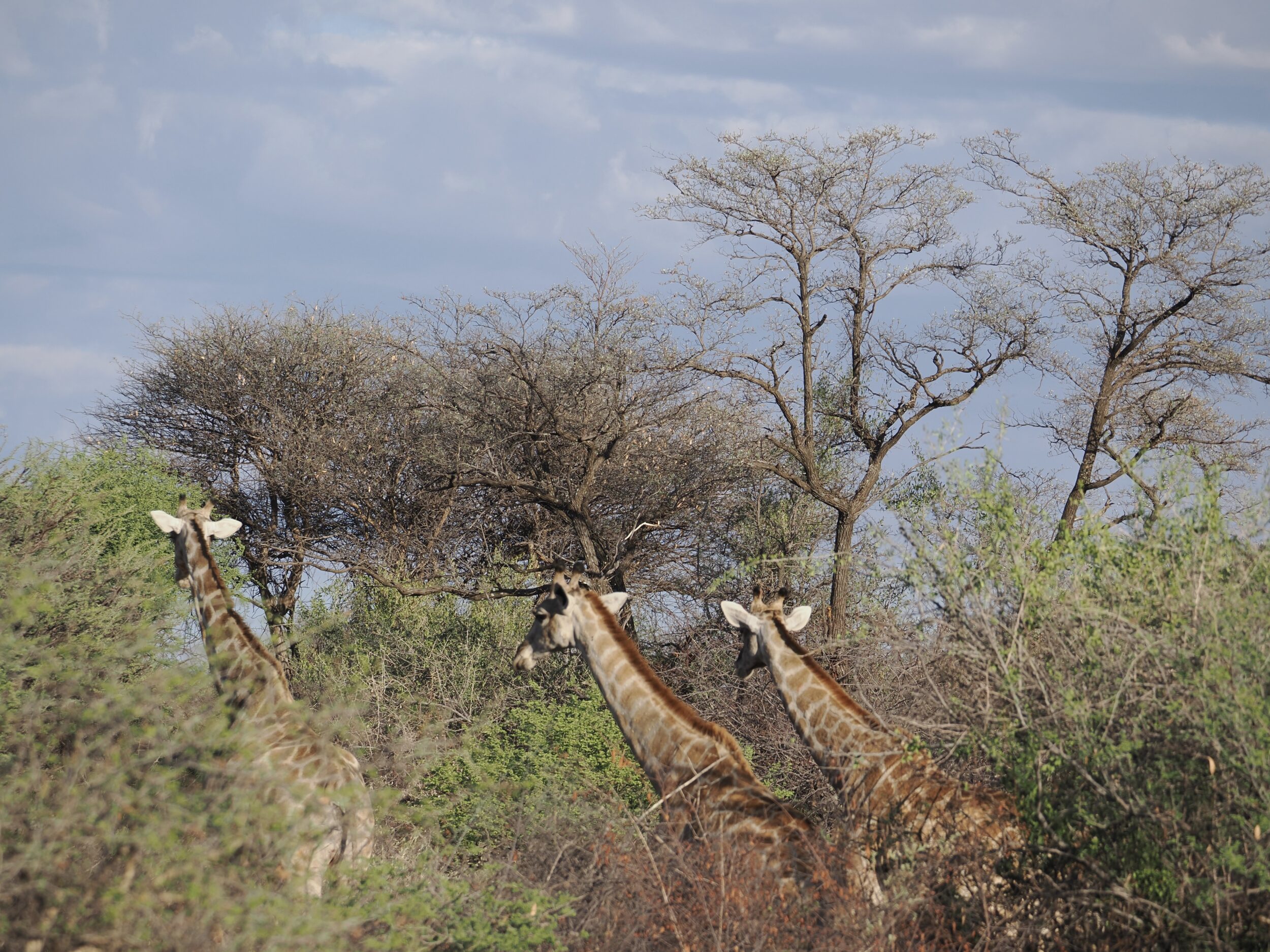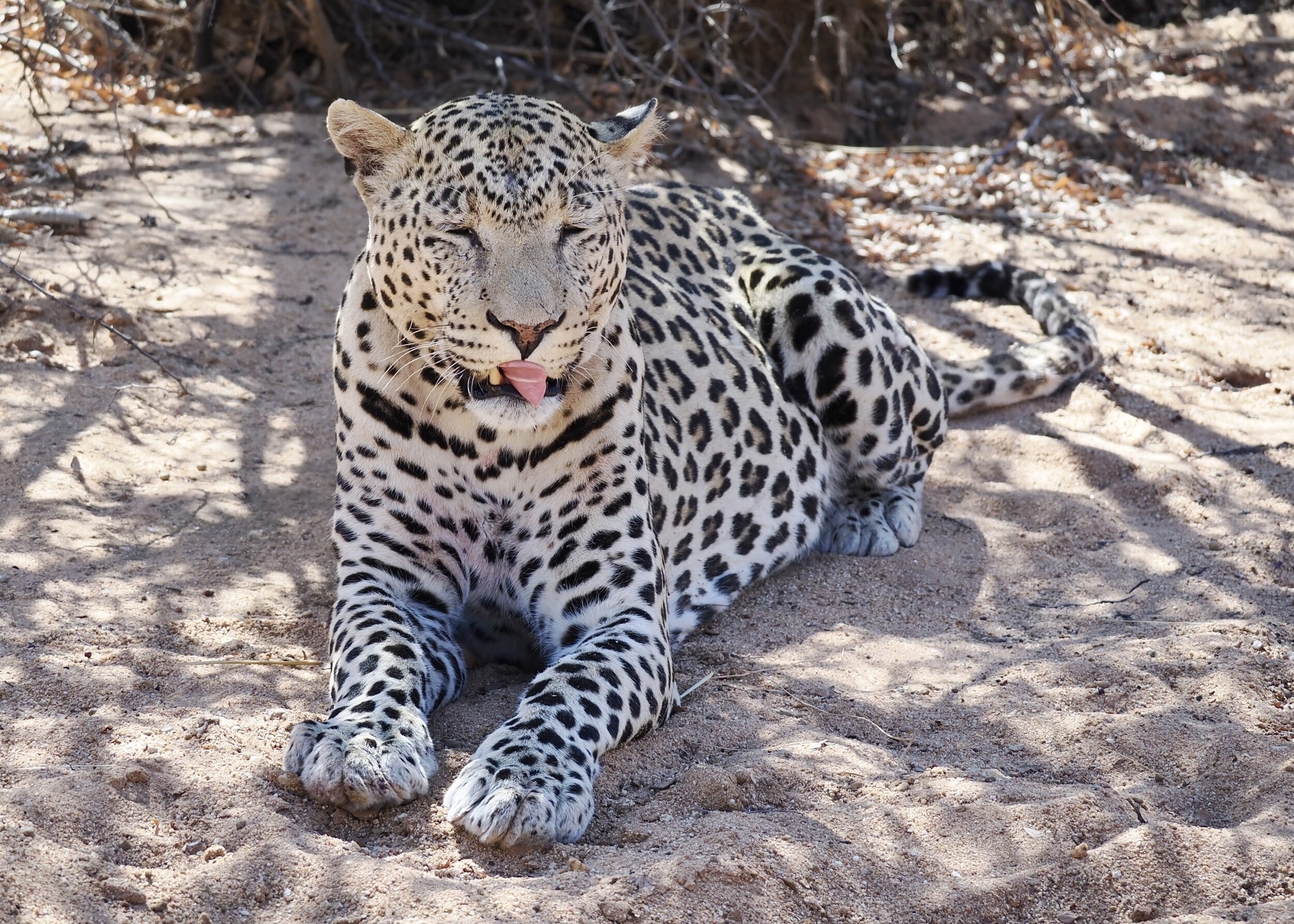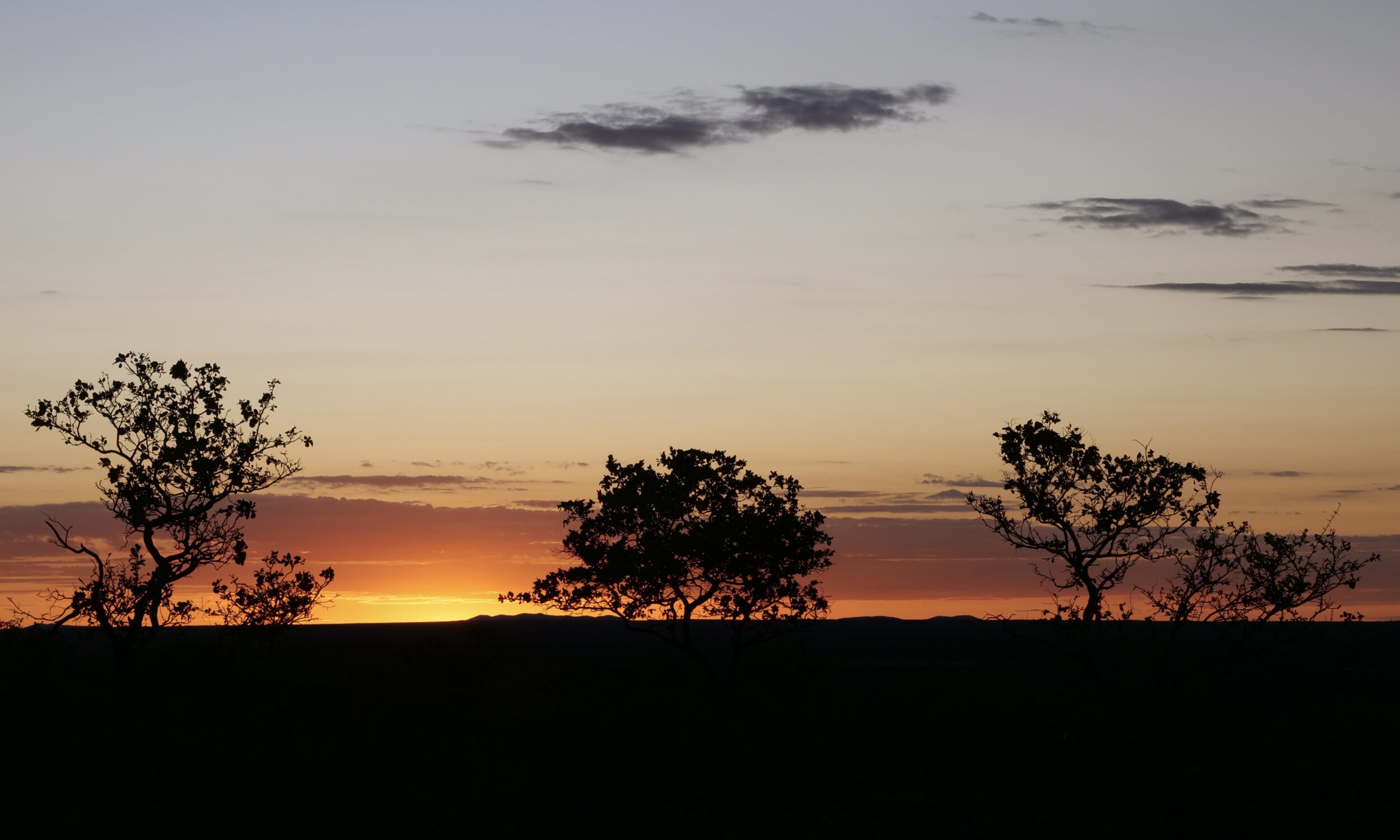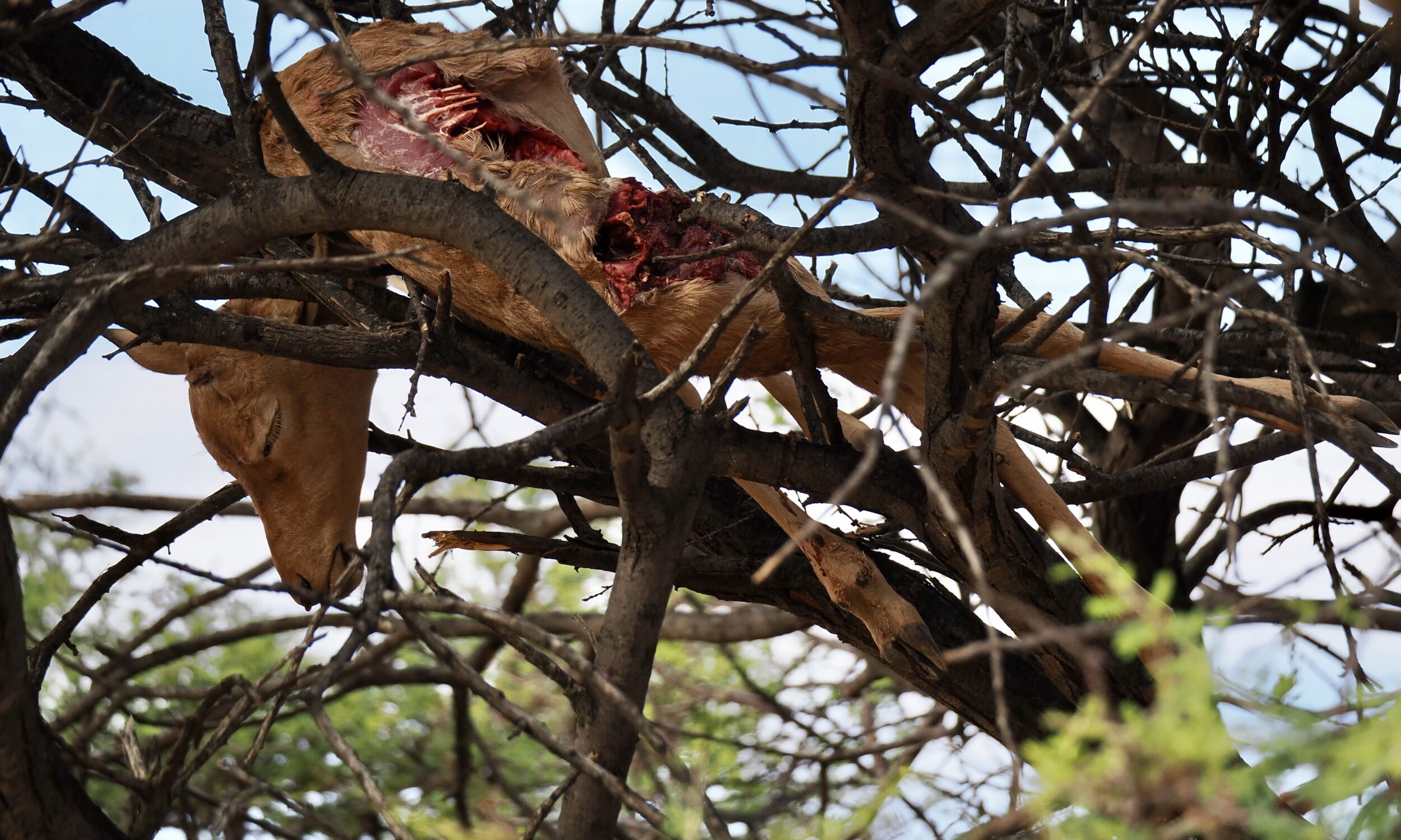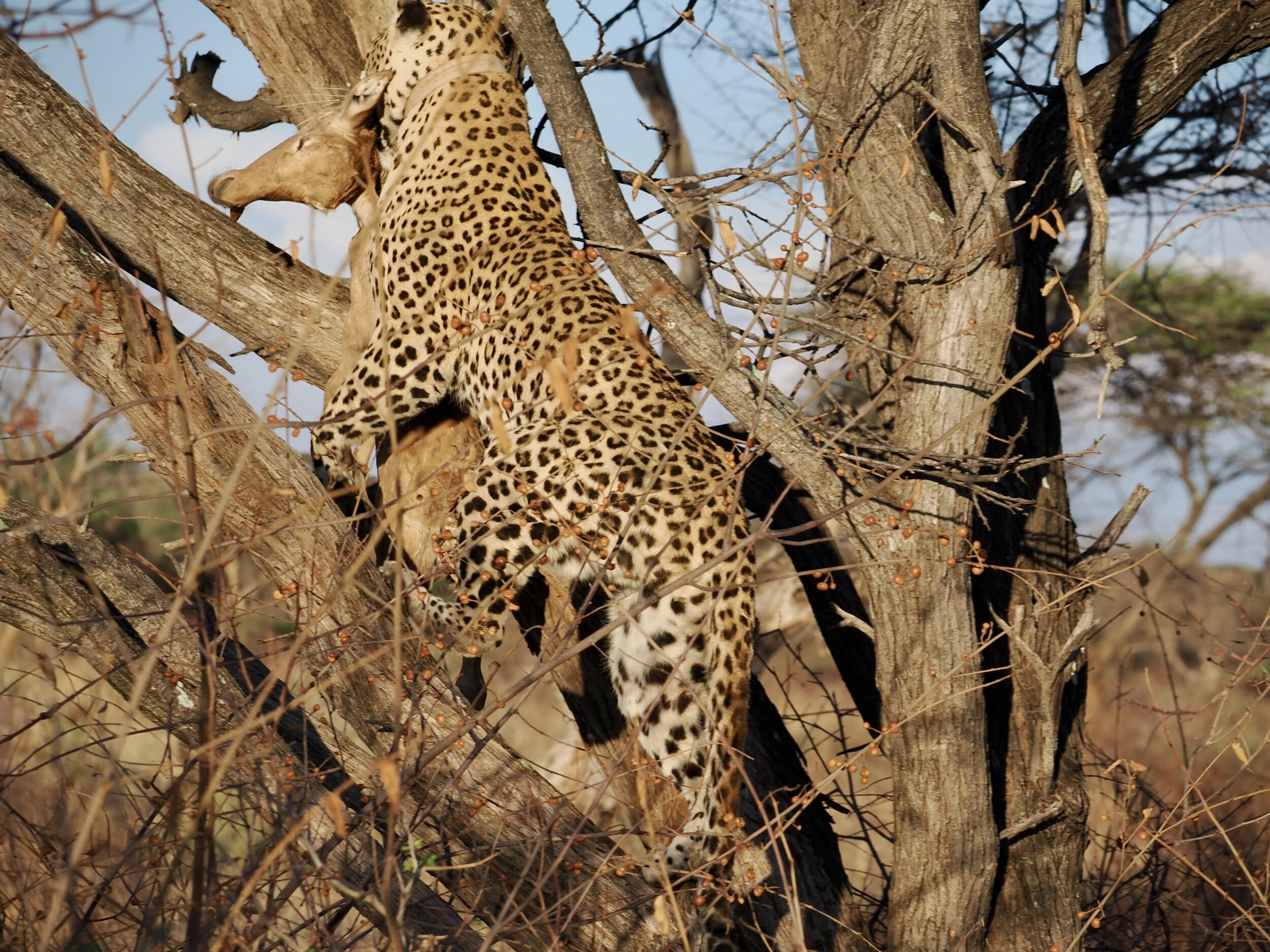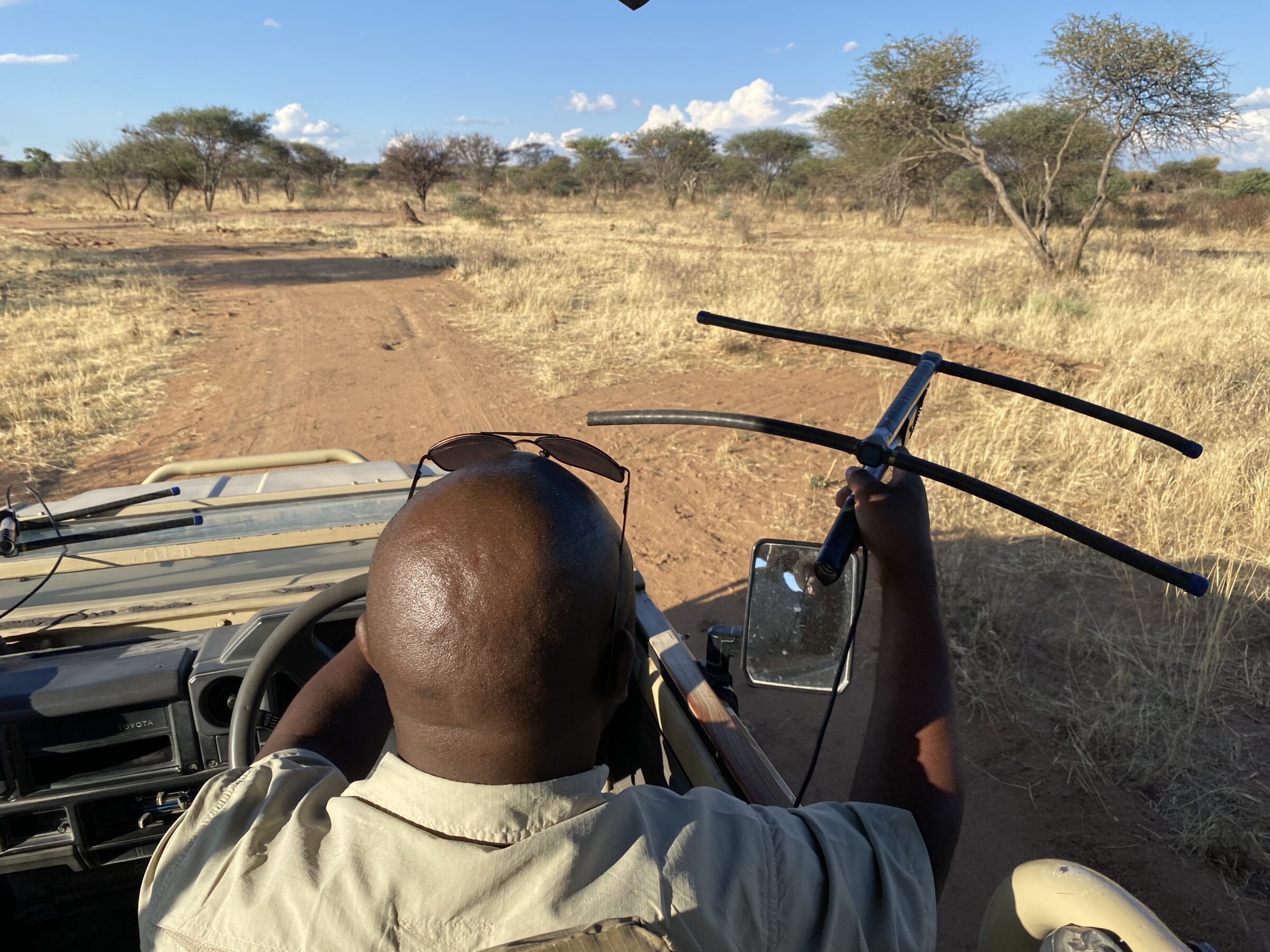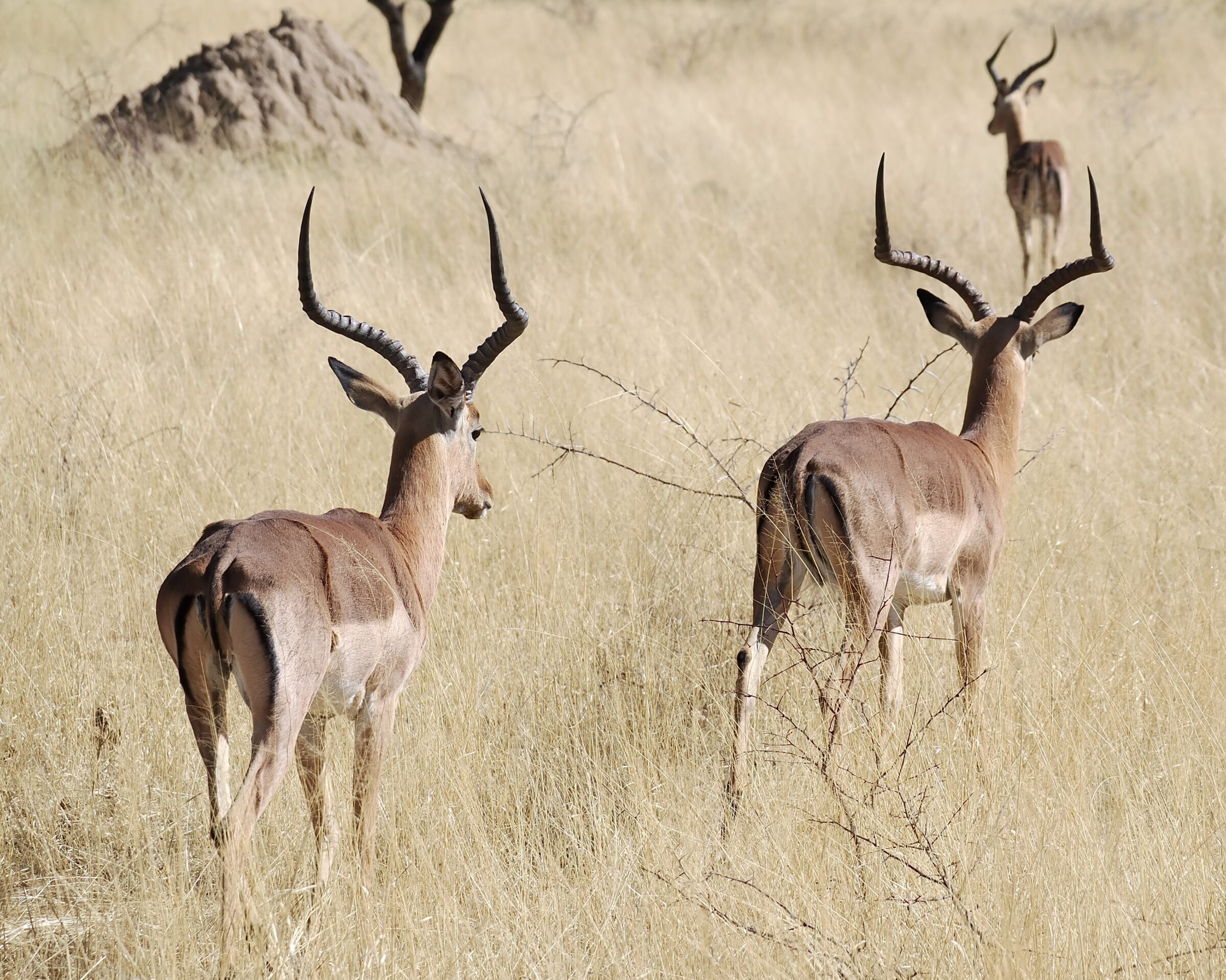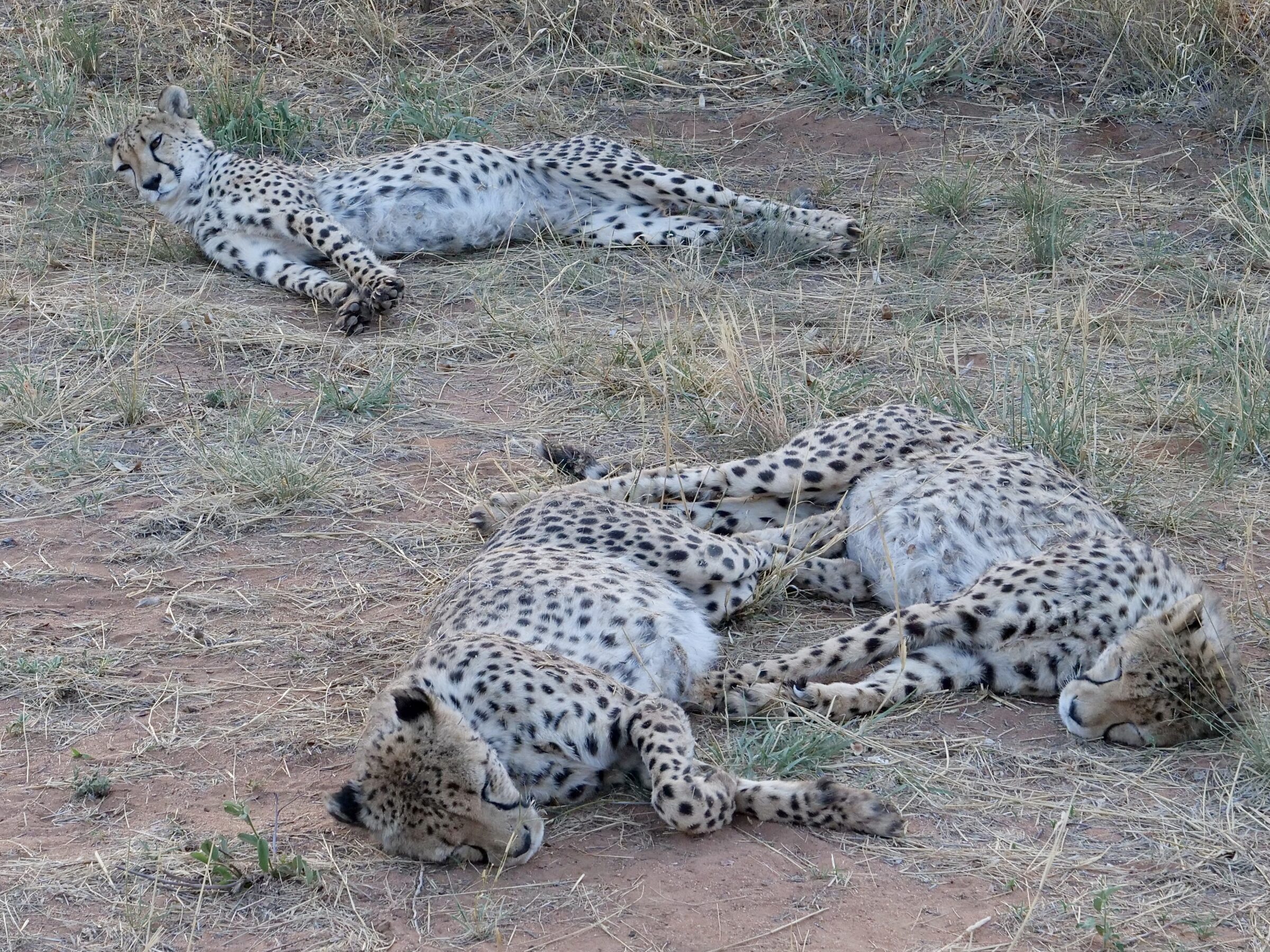In this series’ first six chapters all relevant sands were either on beaches, or in locations still not far from an ocean’s shoreline.
The next several posts take us inland, and to higher altitudes.
Australians – well, those who have travelled well west of the Great Dividing Range – are familiar with the “red” sands/sandy soils that are a feature of much of our “Outback”.
Q: what makes them red?
Comments closed